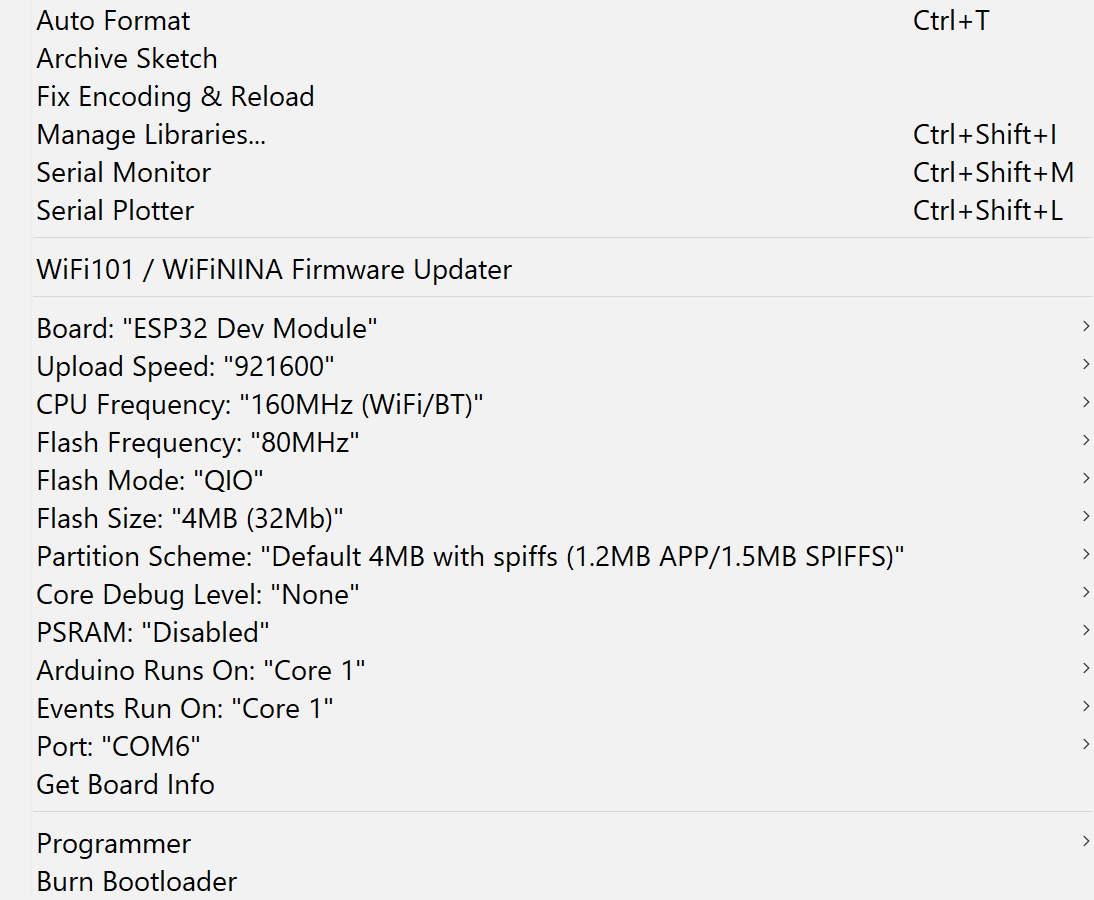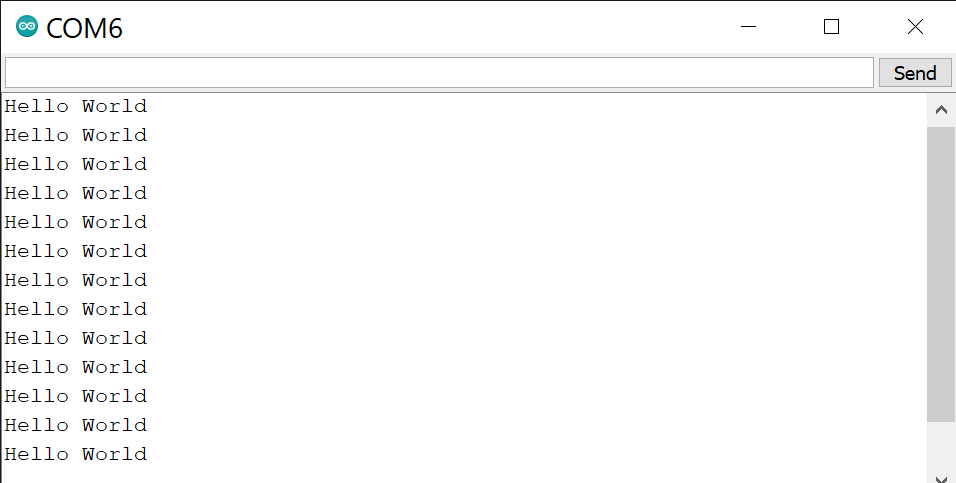
This log includes the results of the tests made with the FTDI Development Board so far.
Auto Reset Circuit for the ESP32
The designed auto reset circuit requires the signals 3.3V, GND, TX, RX, RTS and DTR.

To test the circuit we used a commercial USB to Serial Converter that contains the FT232RL, and provides all the required signal.

The following wiring diagram shows how to connect the commercial USB to Serial Converter and our FTDI Development Board.


Once the 2 boards were connected and the USB to Serial Converter was plugged, the PC (in Windows) recognized the device and it was ready to use. Check if you need to install drivers associated to the FTDI, that is often the case.
Note: Before testing the following code, verify that the ESP-IDF is installed and the Arduino IDE can program ESP devices.
The code used is very simple, the ESP32 sends a "Hello world" message through the serial communication every second.
void setup() {
Serial.begin(115200);
}
void loop() {
Serial.println("Hello World");
delay(1000);
}To program the ESP32 we used the standard Arduino IDE, with the following configurations:

And the test was successful, the following image shows the results in the serial monitor.

FT260S-U
The FT260S was originally selected to directly program the ESP32, and also provide serial communication. After careful consideration I found that the FT260 is a HID class device and as such it does not generate a Virtual COM Port (like the FT232R), to interface with the FT260 it can be used the official helper library, LibFT260.
https://www.ftdichip.com/Support/Documents/AppNotes/AN_394_User_Guide_for_FT260.pdf
https://www.ftdichip.com/Support/Documents/AppNotes/AN_395_User_Guide_for_LibFT260.pdf
For that reason the FT260S will require more research before we can seamlessly program the ESP32. Sadly, this IC was selected for the newer design before realizing this information, so this topic will have to be addressed in the future.
 Leonardo Ward
Leonardo Ward
Discussions
Become a Hackaday.io Member
Create an account to leave a comment. Already have an account? Log In.